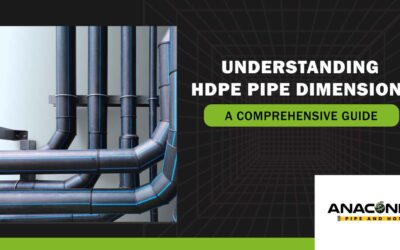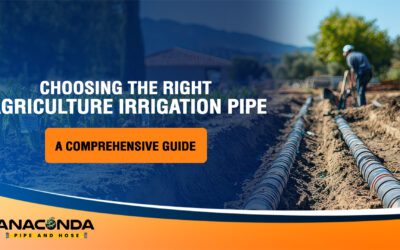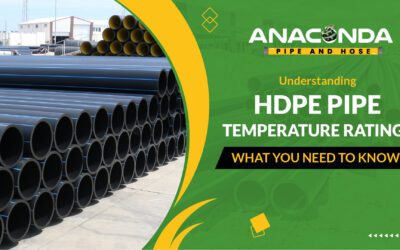For over 50 years, high-density polyethylene water pipes have been used for various applications ranging from fluid handling to cabling installations. Despite its track record of high performance, longevity, and reliability, many municipal water systems still need to rely on outdated pipe materials that are prone to corrosion, leaks, and fractures – leading to unacceptable levels of lost water and potential contamination issues.
As urban populations grow unprecedentedly and existing water mains continue to age worldwide, municipal water systems must recognize the substantial advantages of transitioning from antiquated materials to innovative HDPE water pipes. Modernizing critical water infrastructure using resilient HDPE systems represents the new gold standard for safety, sustainability, and optimal functionality.
Key Reasons Municipal Water Systems Are Shifting to HDPE Piping Technology
Durability & Long Service Life
With a conservatively projected lifespan of 100 years and the capability of withstanding constant pressure cycles alongside exposure to external stresses, HDPE water pipes deliver unmatched durability and service life capacity compared to metal or concrete piping. Their fused joints eliminate the potential for leakage, and flexibility allows for expansion/contraction.
Leak & Corrosion Resistance
HDPE’s non-porous nature ensures that corrosion and tuberculation build-up is a non-issue. These problems, which commonly plague iron pipes, can degrade water quality for between 5-10 years before requiring expensive repairs. Water systems that use HDPE also feature near nonexistent leakage rates.
Cost Effectiveness
Despite higher initial investment costs, selecting HDPE for water infrastructure translates into substantial long-term cost savings, especially when considering maintenance requirements and water loss expenses associated with other piping materials. HDPE pipes have proven to boast continued reliable operation for many decades.
Simplified Installation & Handling
With high strength-to-density ratios allowing manufacturers to produce highly lightweight HDPE pipes in extended lengths, installation and transportation processes are vastly more efficient than alternative materials – markedly reducing environmental impact and labor costs.
Advantages Driving Widespread HDPE Adoption
Over the past decade, HDPE water pipes have demonstrated vast advantages that have led to an explosion in adoption rates among forward-thinking water utilities. When compared to iron or concrete pipes, the engineering superiority and next-generation functionality of HDPE water pipes is simply too good to pass up. The advantages are major:
- Smooth walls that eliminate build-up to enhance flow, while leak-proof fused joints prevent contamination.
- Flexibility and elasticity significantly improves resilience in areas prone to seismic shifts or soil movement.
- Resistance to corrosion and chemicals ensures consistent flow rates and water quality for generations.
- Lightweight construction reduces transportation costs and enables faster repairs/installs.
- Ideal solution for directional drilling/trenchless projects with fused joints harnessing unmatched strength.
As municipal leaders seek to upgrade their water infrastructure for the 21st century and beyond, one solution stands far above the rest for boosting sustainability and long-term reliability – high-density polyethylene water pipes.
As urban populations expand and begin to overburden deteriorating water infrastructure worldwide, forward-thinking municipal water systems are upgrading to innovative high-density polyethylene water pipes to continue serving communities safely and sustainably for the next century. With conservatively projected 100-year service lifetimes, fused leak-proof joints, corrosion resistance, ease of installation, and resilience to shifting soils or pressure changes, HDPE provides overwhelming advantages compared to outdated iron, steel, or concrete piping in terms of extended durability, efficiency, lowered costs and reliability.
Municipal leaders focused on future-proofing water delivery to support growth must prioritize HDPE now to give residents the safe, sustainable infrastructure they deserve while saving resources in the long term. The verdict is clear – HDPE is the gold standard for modernizing today’s overtaxed water networks.






0 Comments